14 States Where Bats Are Most Likely To Bite Humans (Usually By Accident)
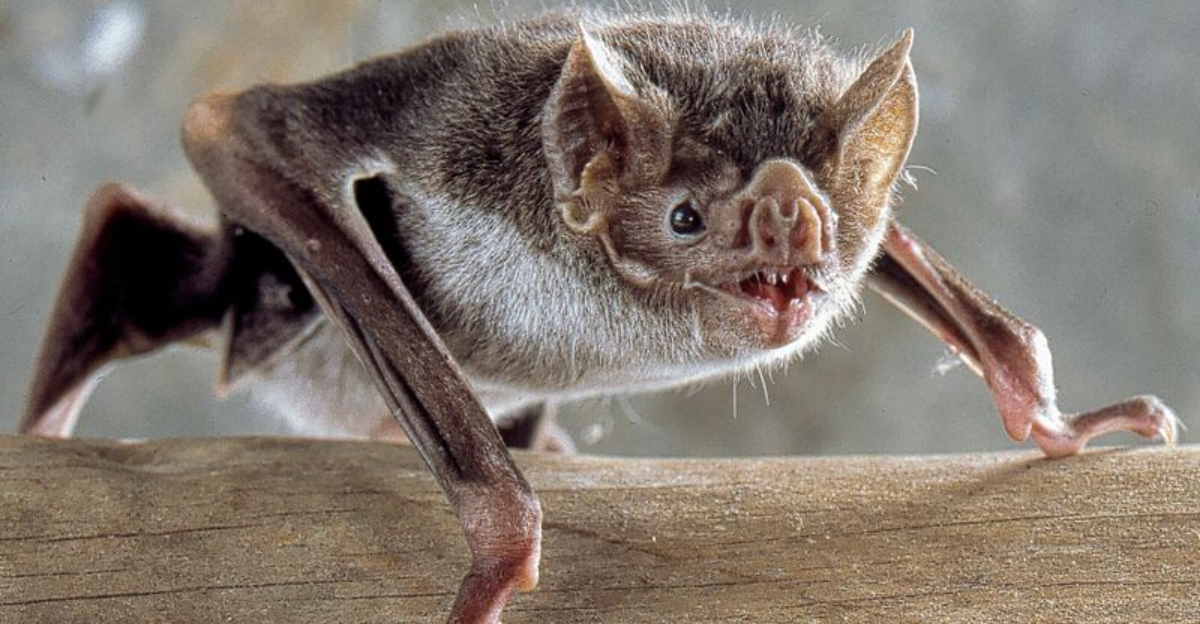
Ever wondered where you’re most likely to have an unexpected encounter with a bat? While these flying mammals generally avoid humans, accidental bites do happen when bats feel threatened or confused.
Understanding which states have higher incidents of bat-human interactions can help you stay informed and prepared, especially if you live in or plan to visit these regions.
1. Texas Takes The Crown

Everything’s bigger in Texas, including the bat population! Home to the world’s largest urban bat colony in Austin, where nearly 1.5 million Mexican free-tailed bats roost under Congress Avenue Bridge.
These massive colonies mean more potential for accidental encounters, especially during summer evenings when bats emerge in spectacular clouds. Most incidents occur when people try to remove confused bats that have entered homes.
2. Florida’s Tropical Paradise For Bats
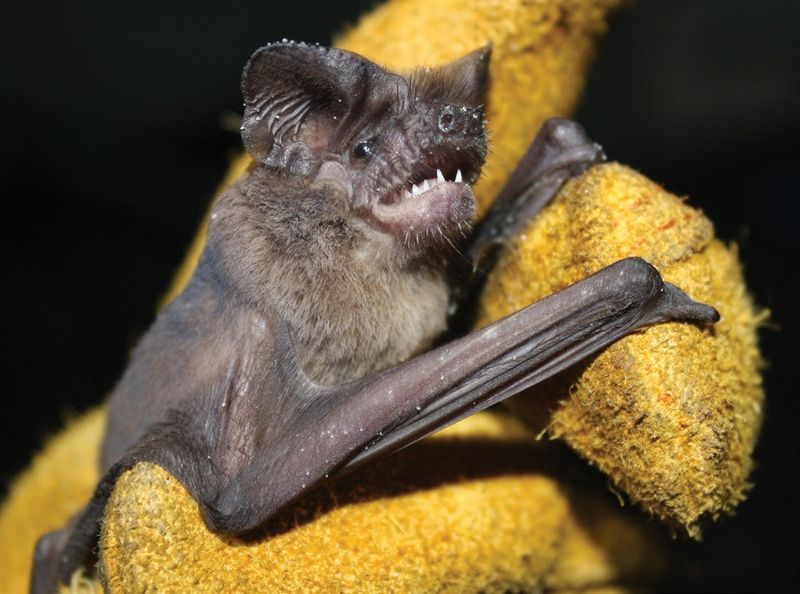
Warm year-round temperatures make the Sunshine State a bat haven. Thirteen native species thrive here, with some colonies establishing themselves in attics and abandoned buildings throughout urban areas.
Hurricane season disrupts bat habitats annually, forcing them into unusual shelters where human contact becomes more likely. Most bites happen during clumsy DIY removal attempts when homeowners discover unwanted attic guests.
3. New Mexico’s Desert Dwellers
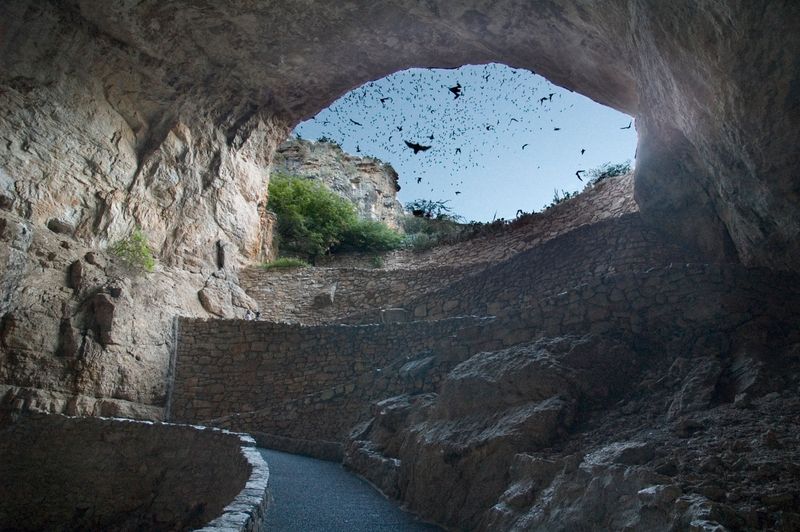
Beneath New Mexico’s stunning landscapes lie hundreds of caves housing enormous bat populations. Carlsbad Caverns National Park alone shelters seventeen different species in its labyrinth of underground chambers.
The state’s combination of caves, abandoned mines, and historic buildings creates perfect roosting conditions. Bite incidents typically occur when hikers accidentally disturb cave entrances at dawn or dusk, prime bat activity hours.
4. California’s Coastal Connection
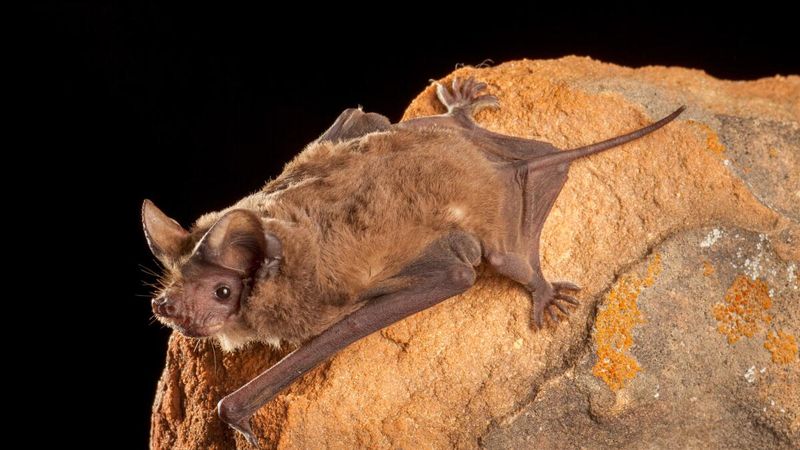
Surprising fact: California is home to more bat species than any other state in the country. A total of 25 species live across its varied habitats, from coastal caves to high mountain forests.
As cities expand, bats are more frequently found in places like garages and attics. In Southern California, dry conditions often lead to more bat encounters near pools and other backyard water sources.
5. Arizona’s Desert Nights
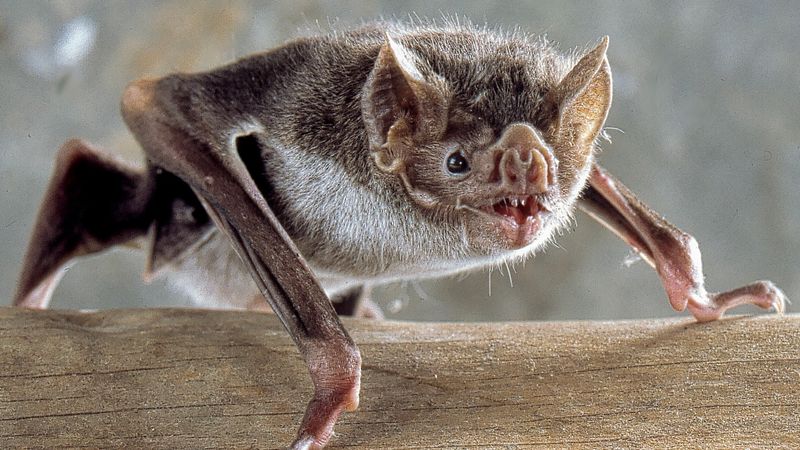
When desert temperatures soar during the day, Arizona’s bats take flight in the cooler evenings. The state’s famous Kartchner Caverns provide sanctuary to thousands, while abandoned mines dot the landscape as additional bat havens.
Hiking trails near water sources become bat highways after sunset. Most bite incidents occur when curious campers investigate unusual sounds near their tents or when bats become trapped in outdoor showers.
6. Georgia’s Southern Hospitality
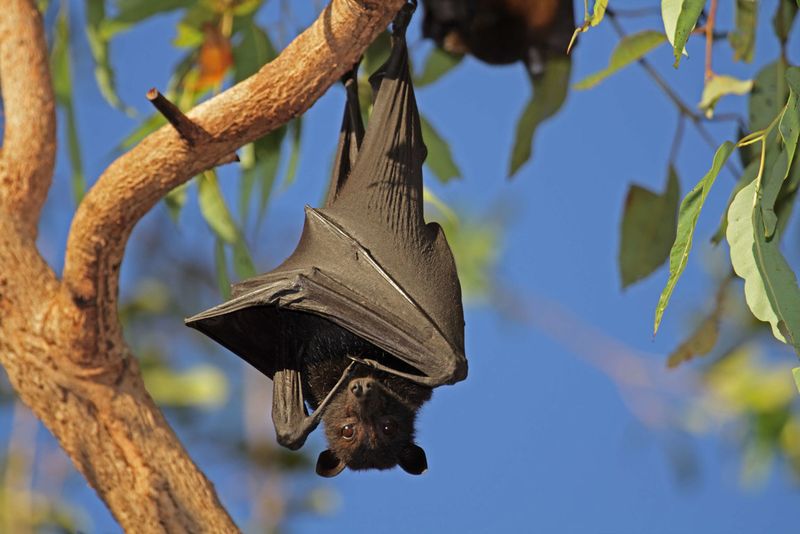
Georgia’s blend of woodlands, farmland, and expanding suburbs makes it a hotspot for bat activity. The warm, humid climate and plentiful insects support sixteen unique bat species.
In rural regions, old barns and historic structures often shelter large bat colonies. Encounters frequently occur during spring when homeowners uncover bats in attics or children stumble upon them in backyards.
7. Colorado’s Mountain Mysteries

Rocky Mountain caves provide perfect summer homes for Colorado’s eighteen bat species. These high-altitude dwellers feast on mountain insects before migrating or hibernating for winter.
Adventure tourism brings humans directly into bat territory. Most bites occur when rock climbers disturb cliff-dwelling colonies or when hikers explore unmarked caves without proper equipment or knowledge about wildlife habitats.
8. Pennsylvania’s Historical Hideouts

Abandoned mineshafts from Pennsylvania’s industrial past now serve as perfect bat sanctuaries. The state’s Appalachian forests and numerous waterways create ideal feeding grounds for nine native species.
Urban sprawl increasingly pushes colonies into suburban areas. Most bite incidents happen in historic homes with unsealed attics or when curious children discover torpid bats in woodpiles during early spring thaws.
9. New York’s Unexpected Urban Dwellers
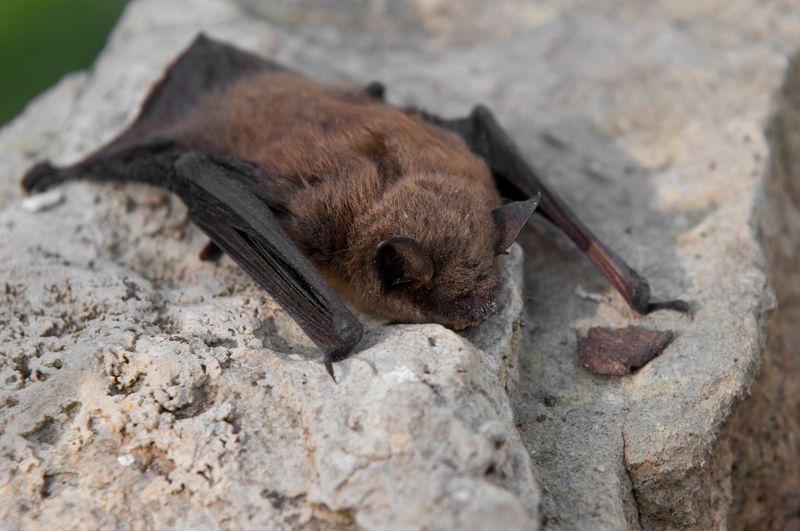
New York offers more than just Central Park for bat habitats – nine species thrive across its urban parks and upstate cave systems. The spread of white-nose syndrome has severely reduced their numbers, causing many to seek out new and unexpected roosts.
Apartment buildings and brownstones often become temporary shelters for these displaced bats. Summer nights in Manhattan and Brooklyn occasionally bring surprise visits when bats enter homes through open windows.
10. Kentucky’s Cave Country
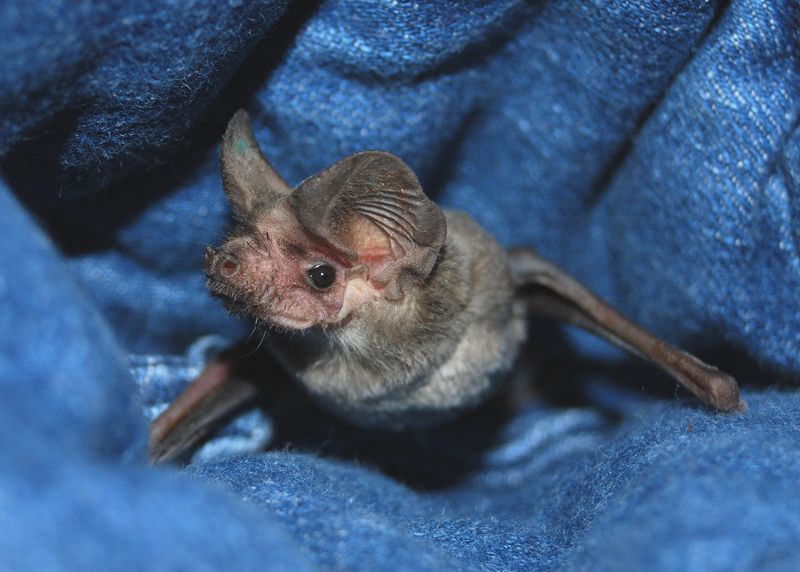
Home to the world’s longest cave system, Kentucky offers bats an underground paradise. Mammoth Cave National Park houses millions of these nocturnal mammals throughout its 400+ miles of surveyed passages.
The state’s karst landscape is literally honeycombed with bat habitats. Most bite incidents occur during cave tours when visitors ignore distance guidelines or when homeowners discover maternal colonies in outbuildings during summer months.
11. Missouri’s Ozark Hideaways
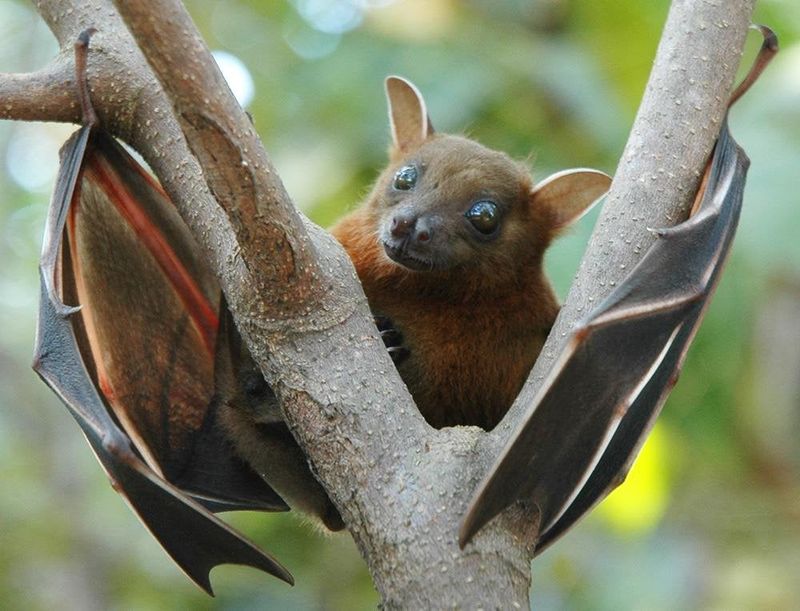
Beneath Missouri’s rolling Ozark Mountains lie over 6,000 recorded caves – bat paradise! These natural formations shelter fourteen species, including the endangered gray bat that gathers in colonies numbering hundreds of thousands.
Tourism brings humans directly into contact with major roosting sites. Most bites happen during commercial cave tours when visitors ignore warning signs or when rural homeowners attempt to remove bats from barns without professional help.
12. Alabama’s Southern Bat Belt
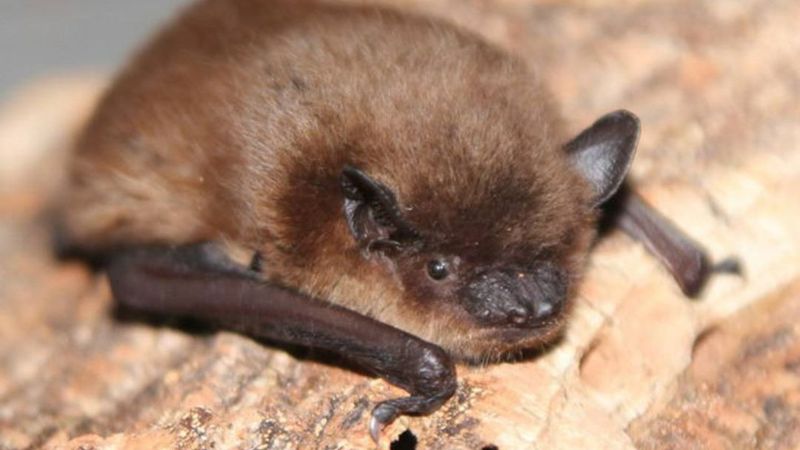
Alabama’s rich mix of caves, forests, and wetlands makes it an ideal haven for bats. Fifteen species flourish here, including the elusive Alabama beach mouse bat, known for foraging along coastal dunes.
Across the state, historic structures and antebellum homes offer excellent roosting spaces. Bat encounters often happen during home renovations when hidden colonies are uncovered or when curious kids spot them resting under porch eaves.
13. Tennessee’s Musical Mammals
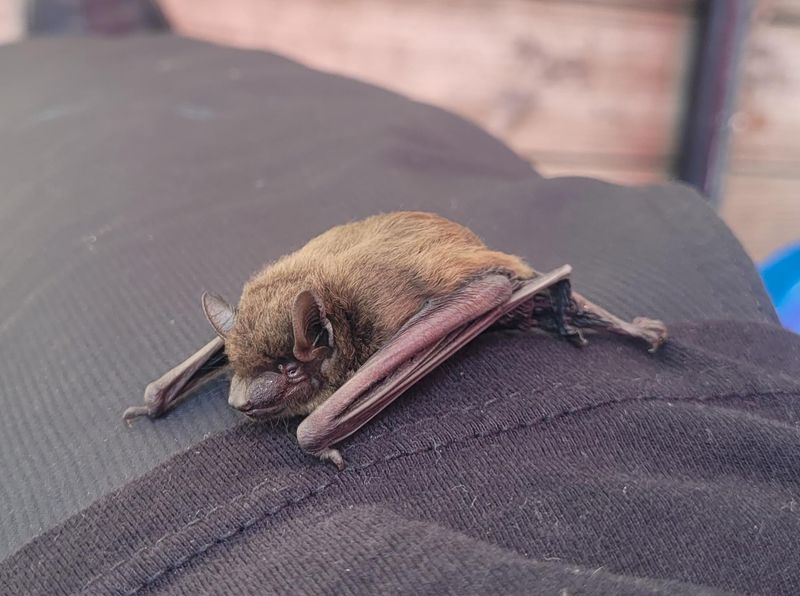
Beyond Nashville’s honky-tonks, Tennessee’s diverse geography supports sixteen bat species. The Great Smoky Mountains and numerous Tennessee River caves provide ideal habitats for massive colonies.
Vacation cabins built in forested areas often become unwitting bat hotels. Most bites occur when tourists at mountain retreats attempt to remove bats that have entered through chimneys or when homeowners disturb attic colonies during seasonal cleaning.
14. Oregon’s Pacific Northwest Colonies
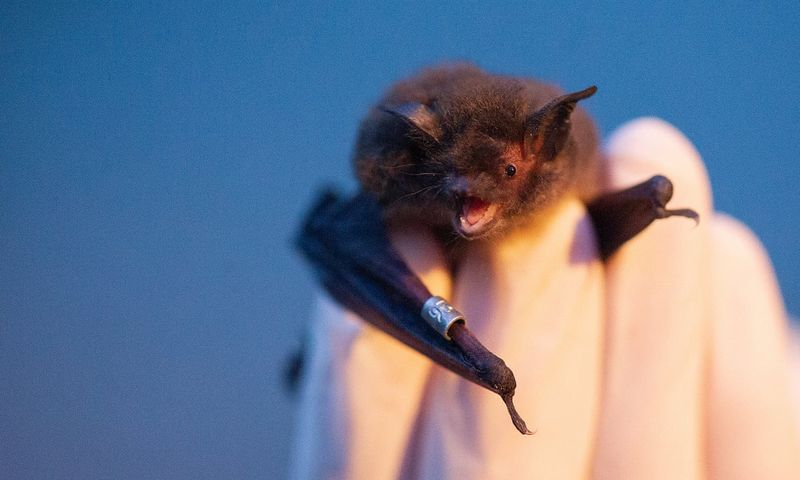
Oregon’s wide range of ecosystems allows fifteen bat species to flourish, from the coast to the high desert. Hollow trees in the state’s old-growth forests serve as prime natural roosts.
As wildfires grow more common, bats are increasingly driven to seek shelter in human-made structures. Encounters often occur when campers unknowingly pitch tents near roosting sites or when families find bat colonies in unused vacation cabins.






